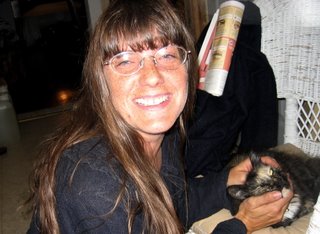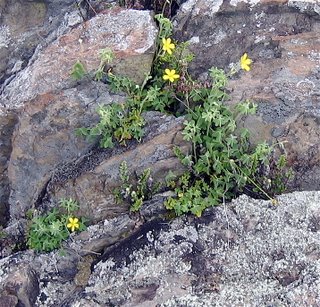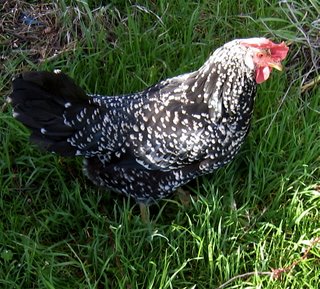We were feeling blocked with the
soil carbon campaign. We needed more information, we were getting nowhere. We needed to know the real story. No amount of web surfing was going to tell us what we needed to know.

But we can't afford to spend $25,000 on a study tour of the US... I kept putting off contacting the people we wanted to visit until it was too late... and then we went anyway. We were accompanied by Archangel Michael who cleared the path and opened doors for us. We got to meet every expert I had on the list! I report on the experts on the
Carbon Coalition blogsite. But we also met some wonderful people who changed our opinion of America. We started in Washington DC where the Concierge had a Marty Feldman eye and John Cleese manner (a la faulty towers) and the most interesting person we met was a squirrel who lived in the oak tree outside our expensive B&B. Then there was Rob from the Bison Farm selling buffalo jerky and steaks and sausages at the farmers' market at Dupont Circuit in

Washington (more about his operation in a later post). Rob and his family run - on 200 acres, 100 of it wilderness, a herd of bison, plus goats, pigs, turkeys, chickens, and they slaughter and sell ther meat. They sell on contract to food outlets, by mail order to consumers, and at farmers' markets. This model is tipped to become more popular as agriculture polarises between the 'get big or get out' and "get small and hip". There will be some lovely photos of Rob's operations on the post. After attending a conference in a hotel for 2 days - a gabfest about carbon markets where we met the country's leading movers and shakers, including California Governor Scwarzenegger's environment guy and the senior vp of the Chicago Climate Exchange.

We next flew to Bozeman, Montana to join the Big Sky Sequestration Partnership while they reviewed the last 2 years of operations and planned for the next two years.
At the airport we caught a glimpse of the monstrous trucks the Montanans use to consume more than their share of the world's energy resources and to emit more than their fair share of emissions.
More than half the vehicles on the road were "SUVs" - sports utility vehicles. American-made vehicles do not meet the consumption and emission standards demanded of automotive makers by the Australian Government.

At Boezman we met Jack Morris, a dying breed. He is an agricultural technician or a hired hand. He told us that the good farm land thereabouts was being sold off to lifestyle buyers because the farmers can't make ends meet. He knows 50 farmers, and he's know cases of suicide, marriage breakdown. When we started our conversation he was very negative about carbon credits and climate change. But once he heard about the carbon in agricultural soils, he was converted immediately to our cause. Jack Morris of Boezman, Montana is starting a chapter of the Coalition! (I spilled soup on my shirt at lunch. But we weren't drinking. Just happy.)
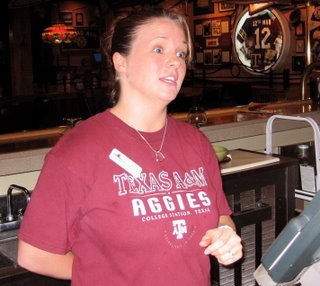
Next we went to Texas, to College Station, a town completely dominated by Texas A&M University. There we ate a meal at Applebee's family diner and bar. We drank Maragrita's made for us by Lauren who is a vet science student and is married, though she's only 23 years old. She told us her degree will cost her $60,000 to $80,000. Students have to go far into debt to get an education.
Texas A&M was originally Texas Agricultural and Mechanical College. There were so many people in military uniforms on campus, that it felt like Fort Custer. There were nothing but clean cut kids, happy to be known as "Aggies", and everyone wore the University Tshirts identifying them as either an Aggie or an Aggie Mom, Dad, Sister, Husband, Wife (there was a Tshirt for the entire clan). It was home game Friday when we arrived and town was full of p

arents come to see their expensive children.
We met up with Robert in Sarge's Army/Navy Surplus across the road from the campus. He knew about rotational grazing, "That's where you move them after 25 days," he said. "I know about that." Not quite, but he was full bottle on perennials and grazing management. He sold me some bootpolish and a brush because my "instant shine" dispenser was confiscated while getting on a plane - in case I blew them up with it. We had lunch at the Kyoto Japanese restaurant, next door. (Spooky.)
Robert wanted to talk, so much so he left his customers standing there with their military haircuts and their Army/Navy Surplus purchases for what seemed like ages while we tried to escape. He was such a nice fella, but we felt kind of bad for his customers. They were all nice people, too. Everyone's nice in America, except the people who criticise the Government. The lady serving in the Italian fast food outlet came around from behind the counter to hug Louisa. "I just love you people," she said. I guess when you go to war with people they feel grateful.
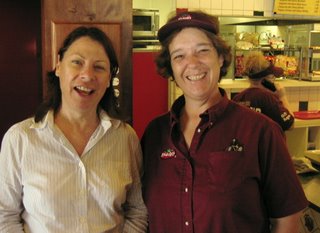
I didn't mention that we were against the war, to anyone. In fact we were careful what we said in public because this guy sitting behind me in one of the airports started taking photos of me with his phone after I made remarks about the trouble the Gov ernment was in over a few things... (The newspapers say they are protecting a pedophile Congressman, selling chairmanships of Congressional Committees and allowing judges to take campaign contributions from parties to litigation for whom they were invariably finding. And the media - even Fox News - say the Government tells lies and debauches public institutions. The President's now got the lowest approval rating in history, lower than Richard Nixon, and they are calling him "The Worst President In History". If this is so, he sure has stuffed things up for all these nice people. They won't get out of Iraq without a Viet Nam-sized humiliation. And that's bad for Democracy and Freedom and the American Constitution.) I like President Bush. He may not be too smart. But he's not dumb like everyone says. He's just a Texan. T for Texan, T for Tough, T for T-bone.
T for Trouble. T for Tuxedo.
Look this is taking a whole lot longer than I thought it would and I gotta do some work. We'll pick up at Albuqurque, New Mexico next time.
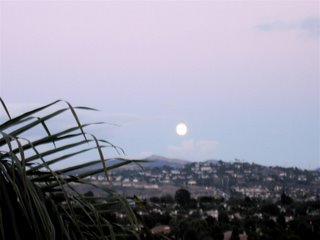
Meanwhile I'll leave you with this view from the window of our hotel in San Diego, of the moon coming up full and bright on another balmy California night.


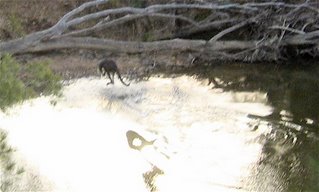




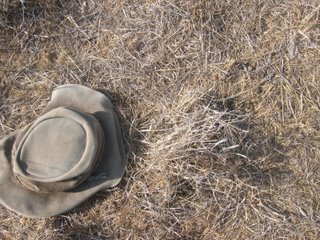






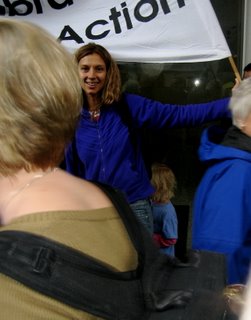
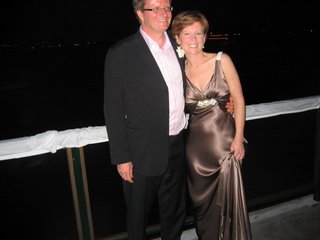
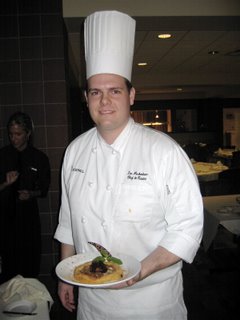
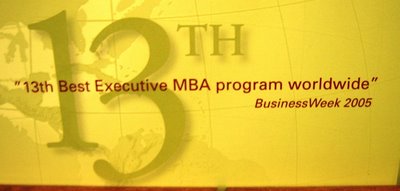


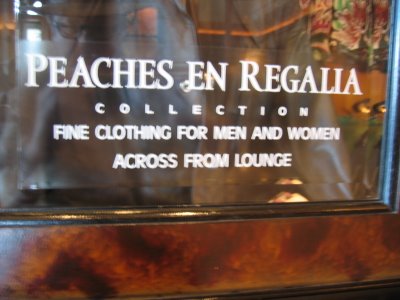
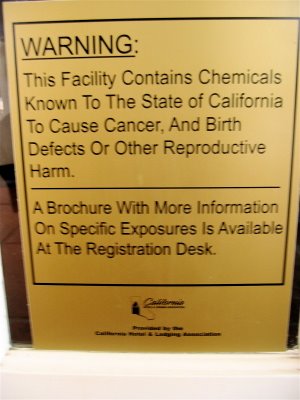
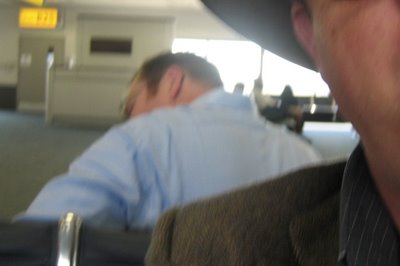




 Abe was the first overseas member - he is a share farmer (dairy) at Swanton, Vermont. I will blog the farm on the We loved the energy and passion of Abe and the grounded dynamism of his amazing partner Kailia. She is an artist. They have a We ate real food - fresh organic vegetables and home grown meat, all wonderfully prepared in stock that didn't come from a supermarket. Abe has the fire in the belly. He is widely-read and he has a head full of ideas. He exasperates his wife because he can become so engrossed in his ideas that he forgets her. Ie. he is a normal male. I left a copy of my book lying around and I think he had a look at it... Kailia is a youthful, unflappable, intense person. She could have been one of Joni Mitc
Abe was the first overseas member - he is a share farmer (dairy) at Swanton, Vermont. I will blog the farm on the We loved the energy and passion of Abe and the grounded dynamism of his amazing partner Kailia. She is an artist. They have a We ate real food - fresh organic vegetables and home grown meat, all wonderfully prepared in stock that didn't come from a supermarket. Abe has the fire in the belly. He is widely-read and he has a head full of ideas. He exasperates his wife because he can become so engrossed in his ideas that he forgets her. Ie. he is a normal male. I left a copy of my book lying around and I think he had a look at it... Kailia is a youthful, unflappable, intense person. She could have been one of Joni Mitc